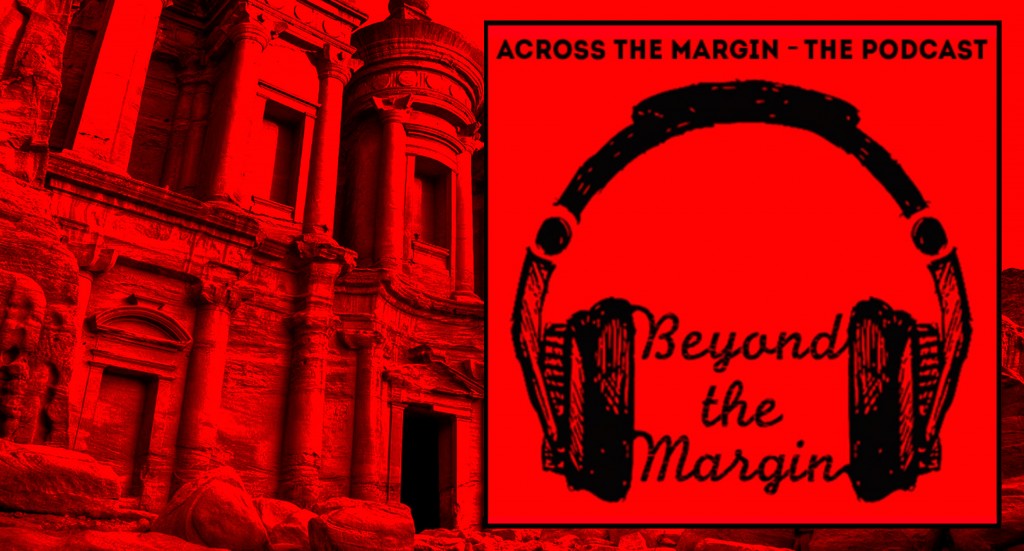by: Duncan Stroud
Oftentimes fear is the driving force when it comes to what we choose to believe…

There are a lot of conspiracy theories out there. Some make sense, and some are absolutely looney tunes. I will leave it up to the reader to decide which are which. The more salient point is that human consciousness, and therefore human culture, has evolved to a point where it is deeply rooted in humanity’s ability to conspire. We can no more turn off our ability to conspire or “discover” conspiracies any more than we can stop recognizing rhythms in music. It is part of the mechanics of how we operate and has been for over ten thousand years, and this has shaped the physiology of our brains, or perhaps our brains’ physiology shaped this ability. Either way, we are hardwired to conspire.
As far as the brain is concerned, it is irrelevant whether we believe that the CIA runs mind control programs (which, as it turns out, is true) or that humanity has been infiltrated by alien reptiloids (the jury’s still out on this one). To understand how conspiracy theories come into being in the first place, we need to look at two fundamental facts about how our brains work.
The first fundamental fact is that the ability to learn has evolved due to the brain’s ability to recognize patterns and, using those patterns, to comprehend what one is experiencing. It seems pretty obvious that evolution has favored those who understood cause and effect better than those who did not. This is how the brain evolved into the learning “machine” we use today. We can see our brains working to make sense out of seemingly random input every day when we recognize patterns in randomness, like seeing clouds in the shape of a rabbit. More importantly, as Matthew Shermer, founder of the Skeptics Society, argues in his book How We Believe, our brains are “belief engines.” Allow me to elaborate.
If I am in the jungle and I see what might appear to be a hiding jaguar, my brain has a very good reason to believe that it is a jaguar and not a random collection of leaves and branches. The brain will believe this line of reasoning because it has learned it is better to err on the side of caution when facing a life threatening situation, than to not. The response created by this cautious posture is fear, which then compels me to get the hell outta there. In this way, fear pretty much runs the show when it comes to when and where (and what) we choose to believe.
Pattern recognition is intrinsically bound to our neural wiring. This can be seen in species that have ability to acquire and imitate sounds, such as dolphins, humans and sulphur-crested cockatoos, which have evolved an auditory cortex sophisticated enough to recognize complex musical patterns, such as rhythm. The brain itself becomes more organized, more patterned, as it moves from the seemingly unorganized chaos of the reptilian complex (otherwise known as the reptilian brain) to the large-scale integrated networks of our brain’s neocortex. The more sophisticated our neural networks, the more sophisticated our ability to discover and create patterns of recognition.
As this ability evolved, it began to extend our pattern recognition capacities far beyond our perceptions and into the murky twilight zone of concepts. To a large degree this is what Richard Dawkins refers to with the term “meme.” A meme is defined as “an element of a culture or system of behavior passed from one individual to another by imitation or other non-genetic means.” In other words, a meme is a self-propagating belief. The same way that we can recognize a rabbit in the clouds, we can recognize gods or demons in the multidimensional arrays of knowledge we carry around in our cerebral database of experiences. The difference is when we see a rabbit, we are matching a perceived pattern against a pattern we have experienced and stored away, along with the value of that pattern (Does this pattern threaten me? Does it feed me?). With concepts, we are matching a collection of experiences to a pattern we either created or, more likely, inherited from society (meme). Examples of these conceptual patterns that we inherit and pass on include: reincarnation, heaven and hell, karma, self-worth as measured by success, love as sacrifice (or vice versa), even ideas about cause and effect and science. These conceptual patterns allow us to navigate our experiences in a way we feel is in our best interest, which almost always implies they are, once again, fear-based – as what is best for us is to avoid situations that threaten survival, success, and authority.
The second fundamental fact is that our ability to lie is a useful survival tool that we start to hone as soon as we learn how to talk. It might even be suggested that the motivation to learn to talk is primarily driven by our need to lie. Children learn to lie around the age of two or three to hide transgressions, but they have not yet learned to respond to the mental state of the listener. Around the age of four they begin to understand that their lies need to adapt to what the recipient wants to hear. By age seven, children learn to back up their lies with fact, evidence, and deflections.
This concept is so predominant in our evolution that researchers at the University of Waterloo report that 65% of two-year-olds and 94% of four-year-olds have lied at least once. Lying, deception, camouflage, trickery, all these are basic survival tools that we see in almost every form of life. It is what keeps organisms from getting eaten or killed by other organisms as well as what makes them better hunters or consumers themselves.
At around the same time the child is learning to lie, it is also projecting his feelings into the external world in the form of anthropomorphism, which is attributing human traits, emotions, and intentions to non-human entities. Once the child knows it is lying, it instinctively assumes that everyone else is lying as well, even its teddy bear, because it applies its own knowledge of itself to the world. This is especially true of children, as they are egocentrically motivated. One might expect more from adults, but it’s better not to get one’s hopes up.
According to Julian Jaynes, an American psychologist, known for his best-selling seminal work The Origin of Consciousness in the Breakdown of the Bicameral Mind, ancient peoples were not conscious, as we understand that word today. Rather, due to the bicameral nature of the brain, humanity, prior to the second millennium B.C. had no ego-based “I” and automatically obeyed the voices of gods, which originated in the non-linear yet survival-oriented right side of the brain, but which the rational, practical left side, which was and is the primary interface to our external reality, had easy access to. Jaynes convincingly supports this theory with all the corroborative evidence he finds in ancient literature, modern behavior, and phenomenon such as hypnotism, possession, glossolalia (speaking in tongues), prophecy, poetry, and schizophrenia.
But then something happened to the brain. The mind’s bicameralism broke down. The right side of the brain more or less stopped communicating with the left side of the brain. Now man was all alone in the wilderness without the voices in his head to tell him what to do. This is when the ego “I” was born, out of necessity, and with that, the ability to lie.
Exactly what physiological change took place to cause this break is currently unknown, and it sort of doesn’t matter when we are looking at how the brain works now. Jaynes claims as recently as six thousand years ago this change took place, marking the birth of the self-consciousness. Is it just a coincidence that this is the same time Creationists claim Man was created? Or is my conspiring brain just working overtime to make sense out of all this senseless?
Thus, we have the human brain – which, not that long ago, was listening to all-powerful gods telling us what to do. Once the gods abandoned us, due to some physiological change in our brains, we developed the self-awareness that lead to our hyper-enhanced ability to lie, which we then project to the world around us. Mix that in with our fear-based abilities to recognize and create potentially dangerous patterns, and you have an entire race of paranoid conspiracy nuts.
Duncan Stroud is a writer who can currently be found deep in the mountains of Argentina. His upcoming book entitled, Legally Blind: The Book, is slated to be released in April of 2016.






So, does this mean I am, or am not, being hunted by reptilian overlords!? According to this ‘theory’ whether I am or not is irrelevant… but it is in my best interest to believe I might be. So, I will just carry on as usual keeping a keen eye out for them.
This post really makes me question where is that line between reality and beliefs.
Excellent article!
Thanks Jeff!! The truth is out there!
We’re glad you liked Duncan’s article. It’s as thought-provoking a piece as has come across our desk in a while and we just had to share it.